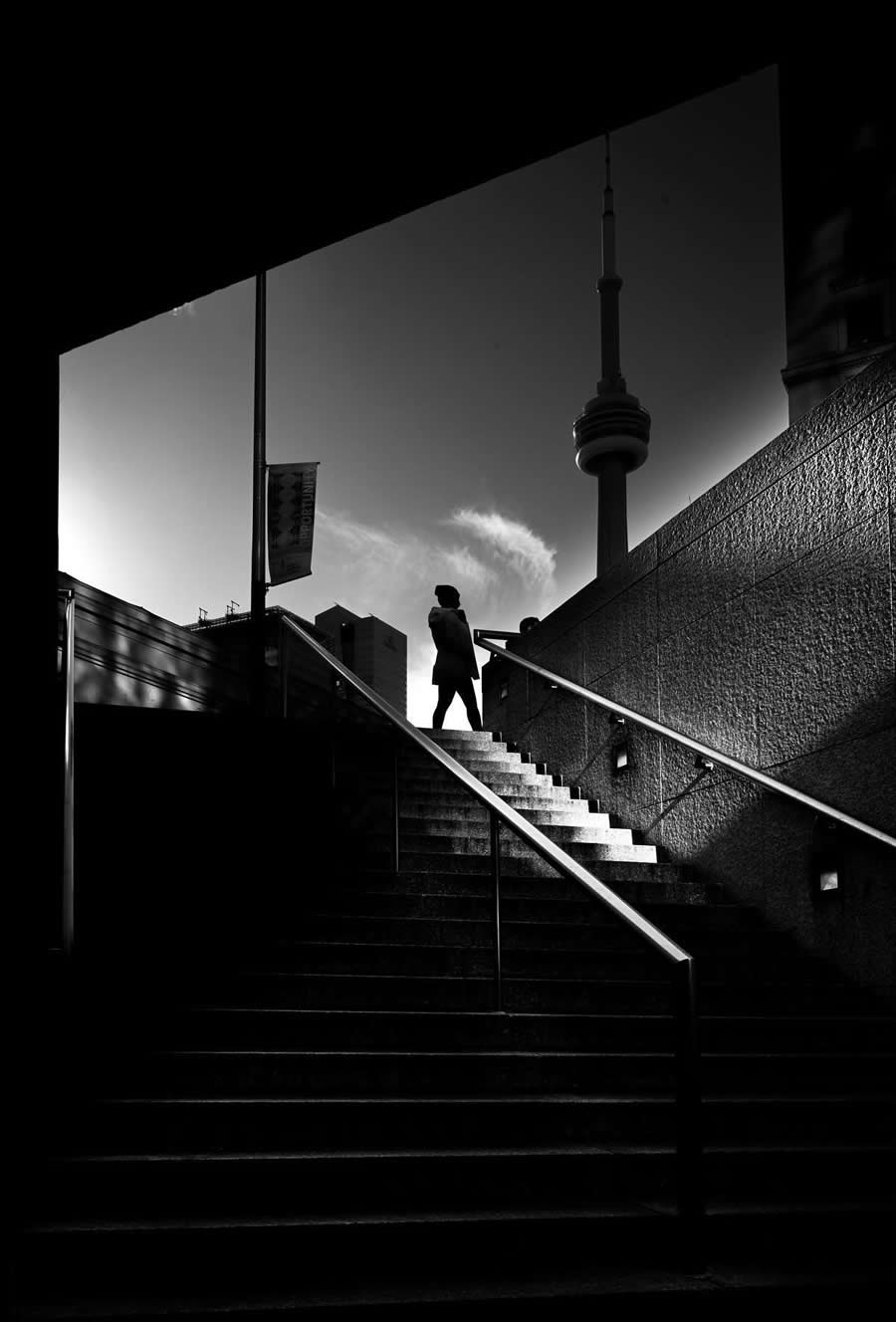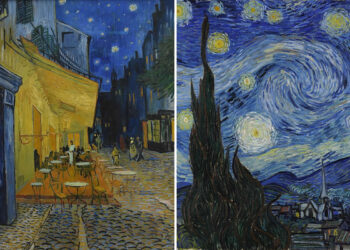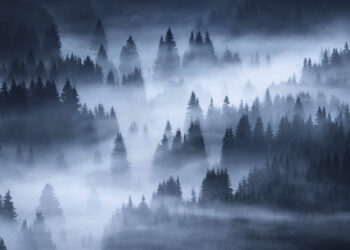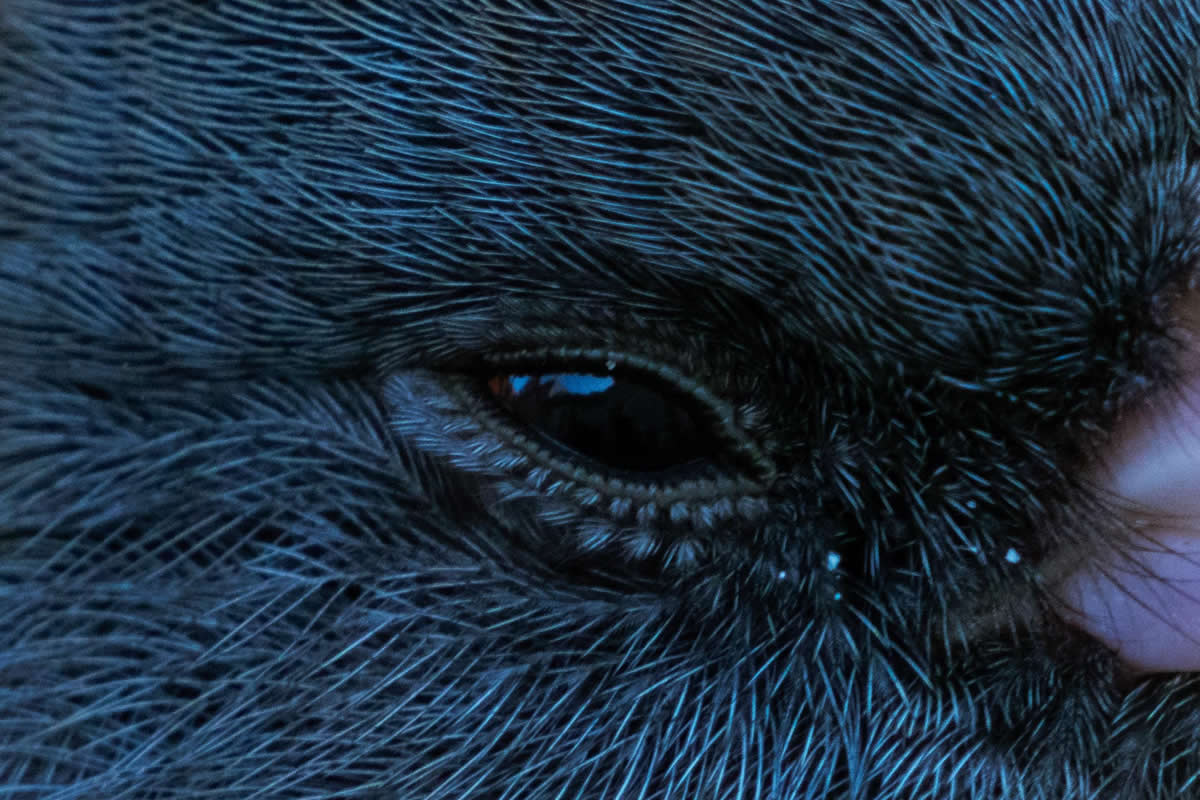In a world saturated with color, Luke Takayama reminds us of the quiet power of monochrome. His black-and-white street photography transcends fleeting moments, offering viewers a raw, poetic lens into urban life. Every frame reveals not just what’s happening, but how it feels to be there — in the stillness of an alleyway, the shadow of a skyscraper, or the curve of a stranger’s silhouette. Takayama’s work is rooted deeply in the tradition of the art of black and white street photography, yet it feels remarkably fresh and modern.
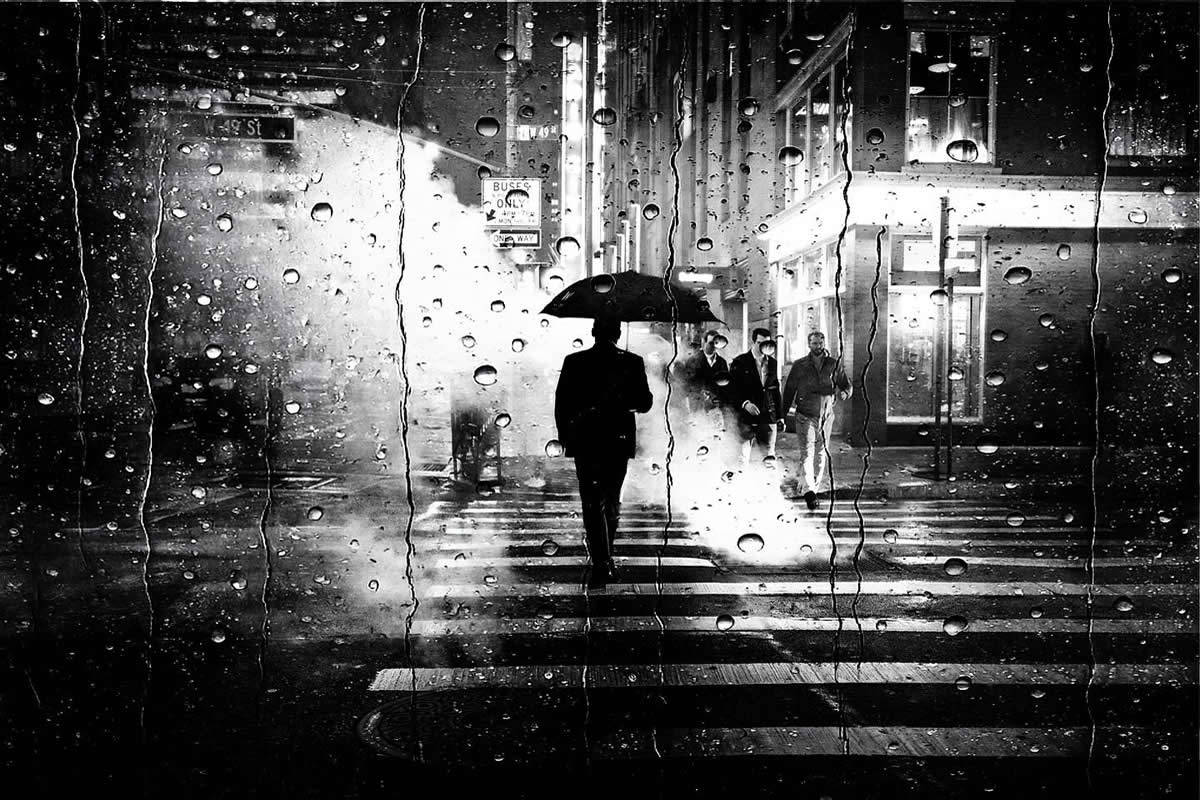
Drawing from elements like shadow and light, architectural lines, and moments of unexpected solitude, his photographs are meditative studies in contrast — not only visual but emotional. He doesn’t rely on visual noise or busy settings; instead, he leans into minimalism and lets his subjects breathe in their environments. His framing and composition are deliberately precise, highlighting his mastery of spatial relationships and narrative subtlety.
Each of the 30 photographs in this feature serves as a portal into the city’s soul, inviting you to pause and reflect. Whether it’s a solitary figure against a textured wall or a fleeting interaction captured mid-step, Takayama’s camera tells stories that words often cannot. His ability to extract meaning from the mundane and elevate it to art is what sets his work apart. This article explores the many facets of his visual storytelling — from his use of contrast to his architectural eye — and celebrates a talent that continues to inspire.
Scroll down and inspire yourself. Please check Luke’s Instagram account for more amazing work.
You can find more info about Luke Takayama:
#1
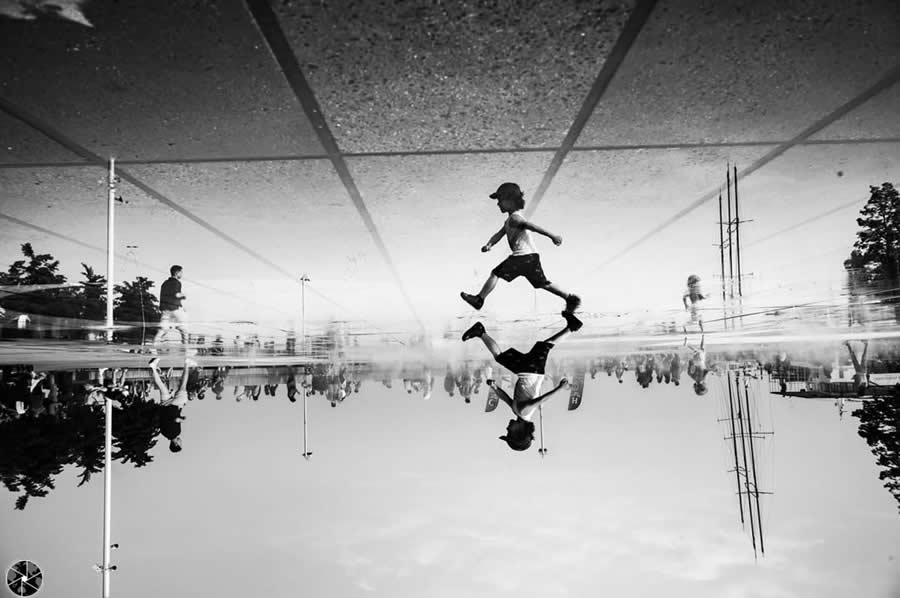
#2
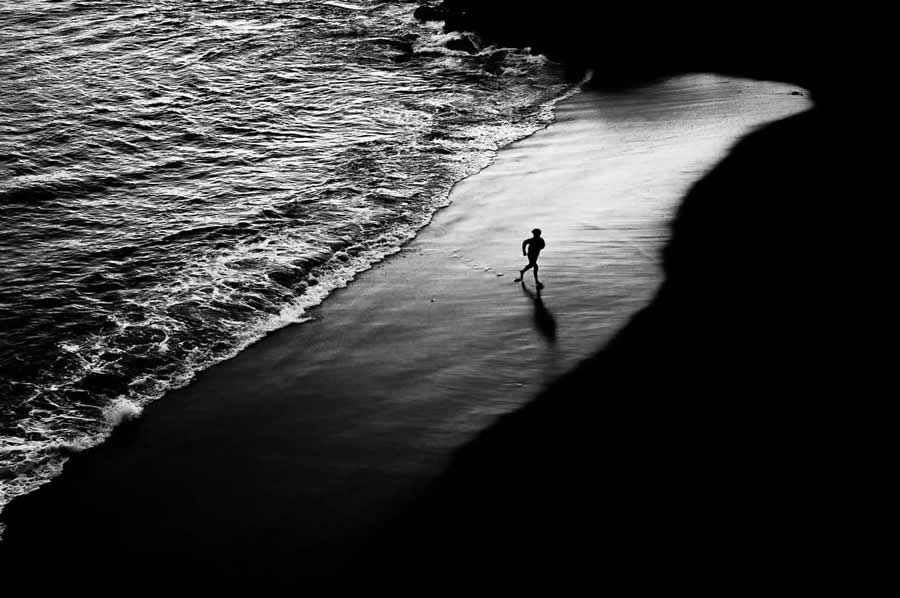
#3
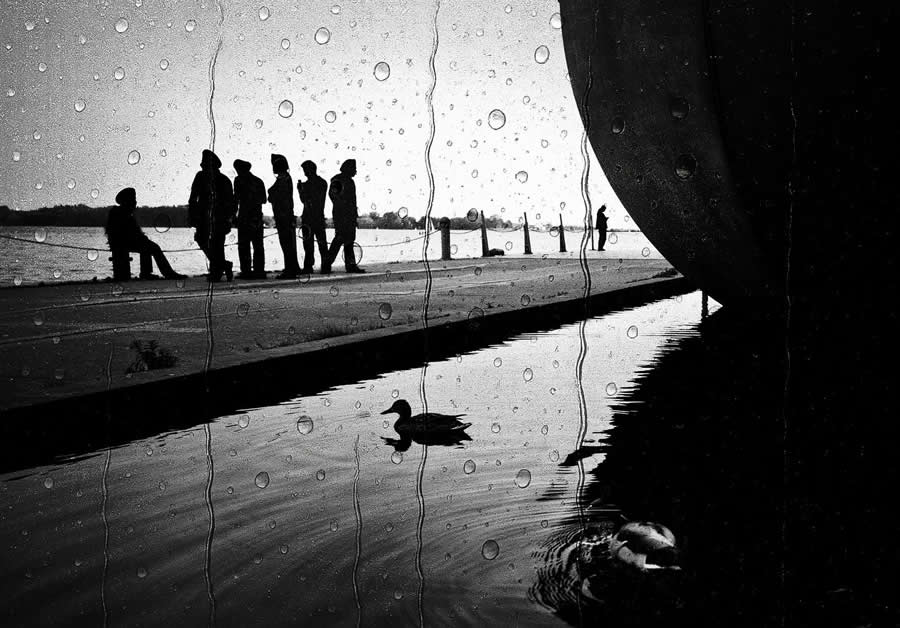
The Essence of Black and White Street Photography
Takayama embraces black and white to eliminate distraction and focus on form, light, and human presence. His photos celebrate timeless aesthetics while capturing fleeting urban moments. Without color, mood and emotion take center stage, drawing the viewer into the photograph’s soul.
His mastery of tonality enhances the subject matter, revealing texture and depth. In every frame, light becomes storytelling, not just illumination. The monochrome treatment also creates a sense of nostalgia, connecting modern city scenes with the legacy of past street masters. Takayama’s work proves that sometimes, removing color adds far more meaning.
#4
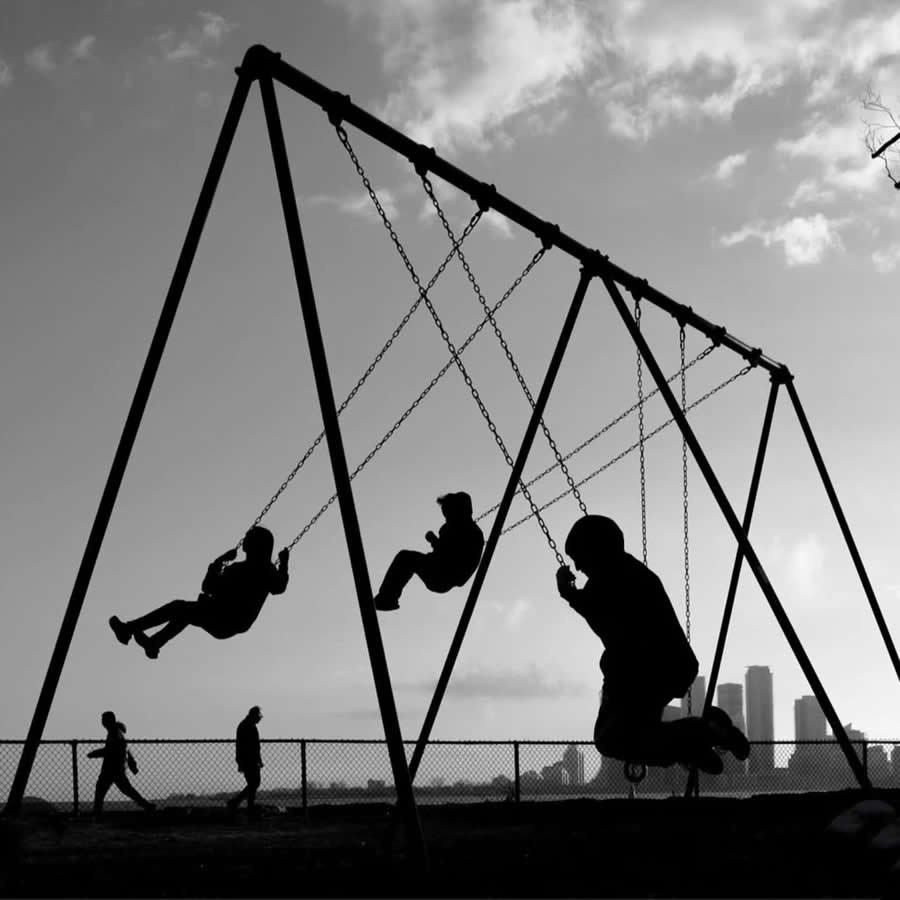
#5
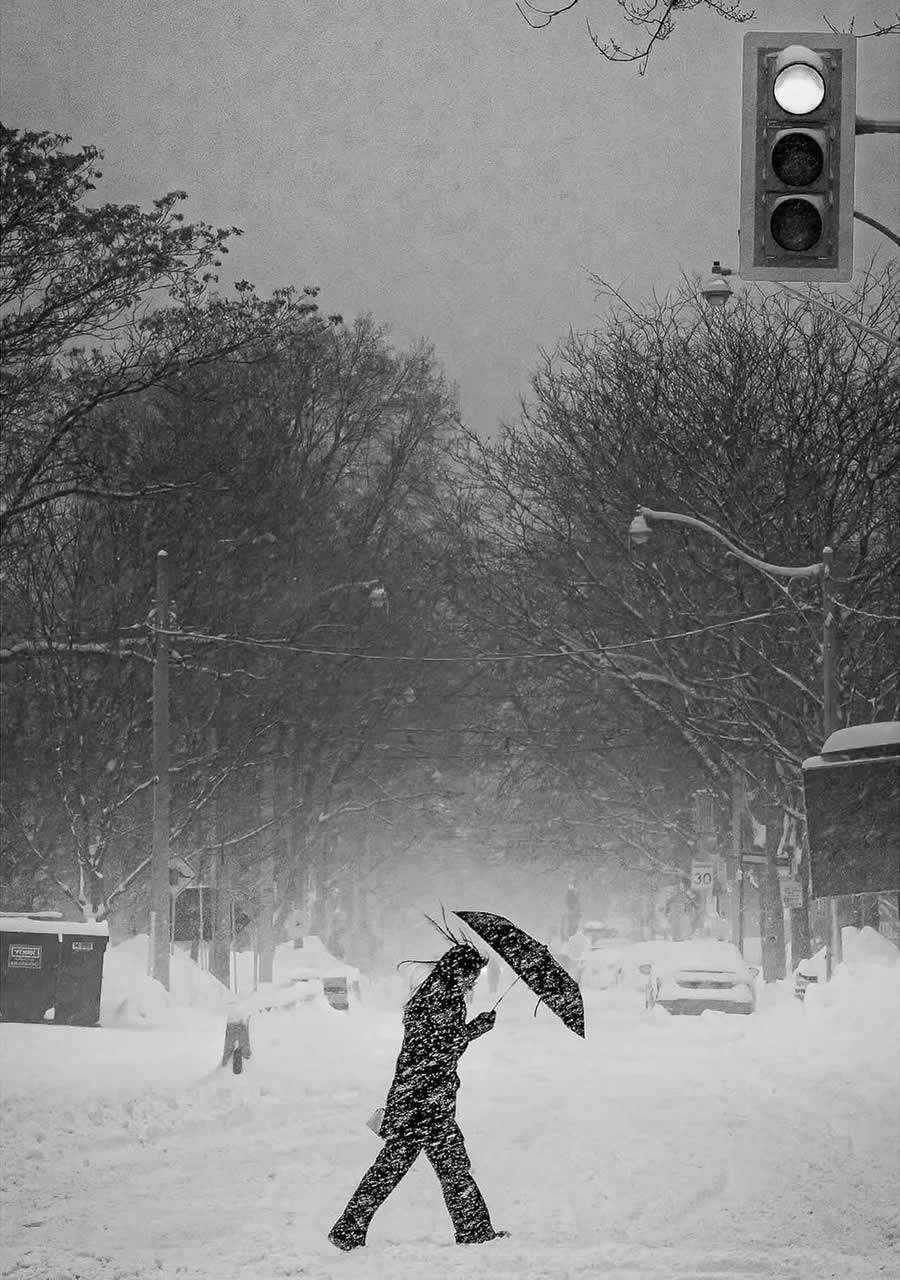
#6
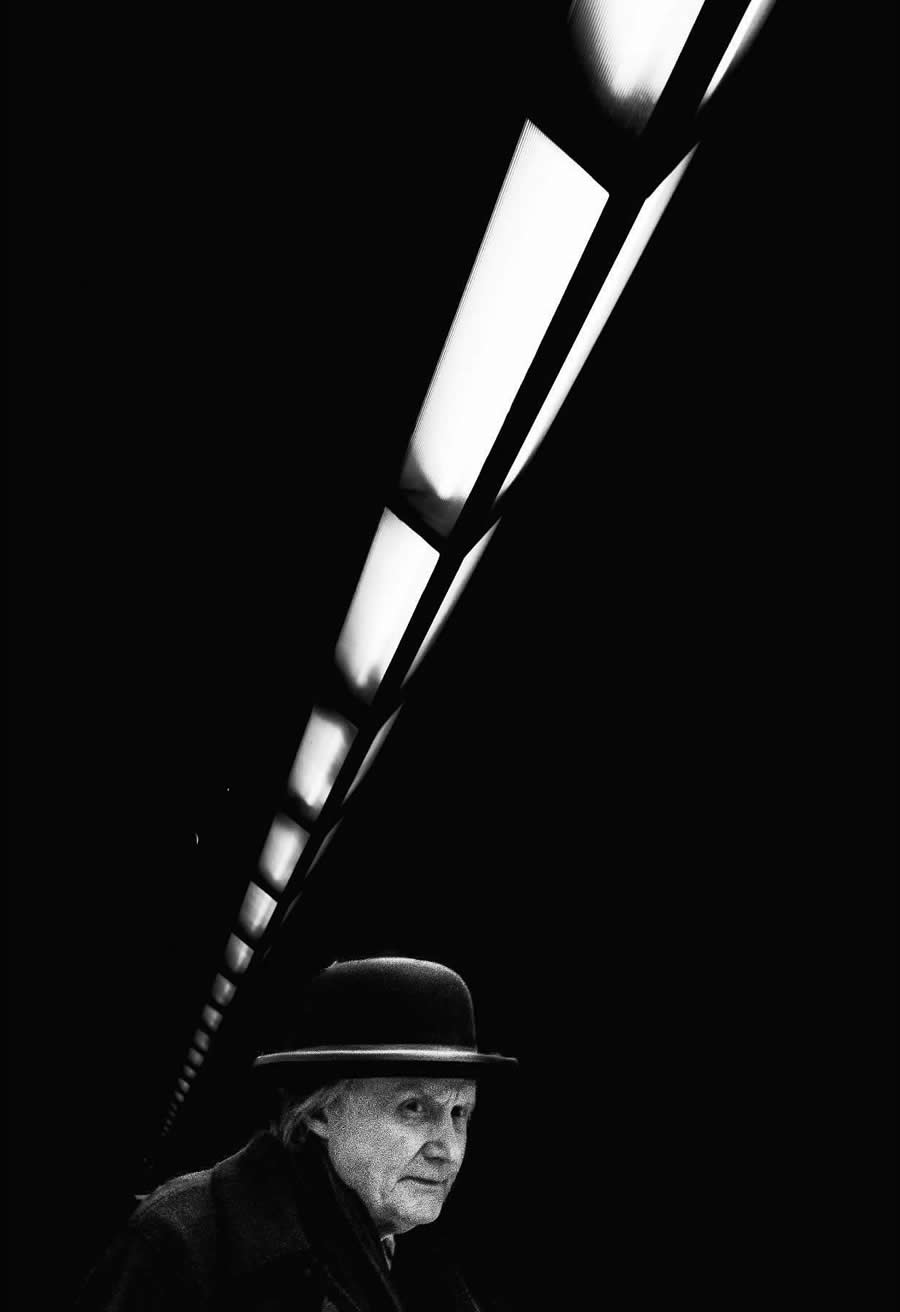
Mastering Shadows and Contrast
Shadow and light are central characters in Takayama’s work. He uses strong contrast to carve out space, highlight emotion, and build visual tension. Shadows stretch across streets, fall across figures, or envelop corners — shaping a mood that is both cinematic and contemplative.
This deliberate use of contrast gives his work a sculptural feel, as though light itself is shaping the scene. By knowing when to expose and when to obscure, Takayama makes each photograph feel alive with energy. His vision reminds us that black and white is not just a style — it’s a powerful narrative tool.
#7
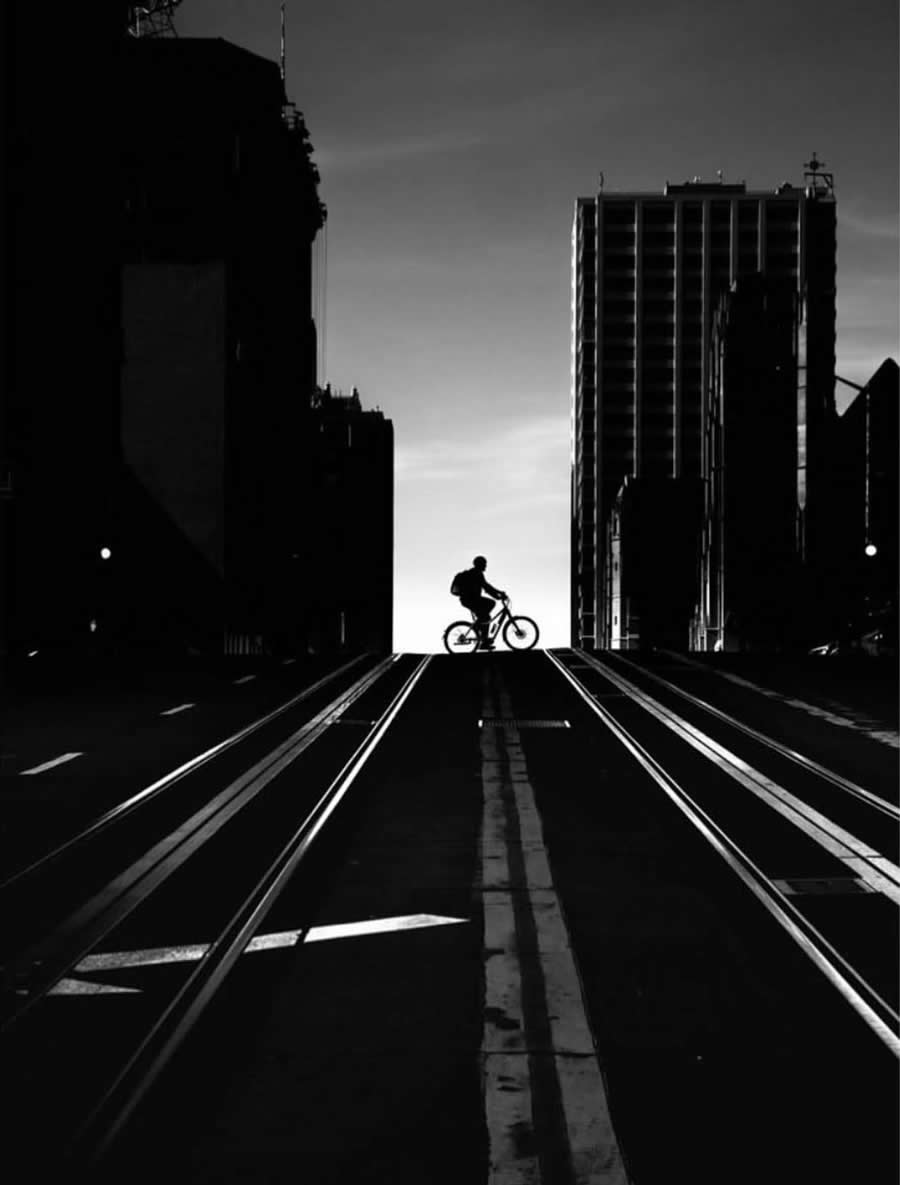
#8
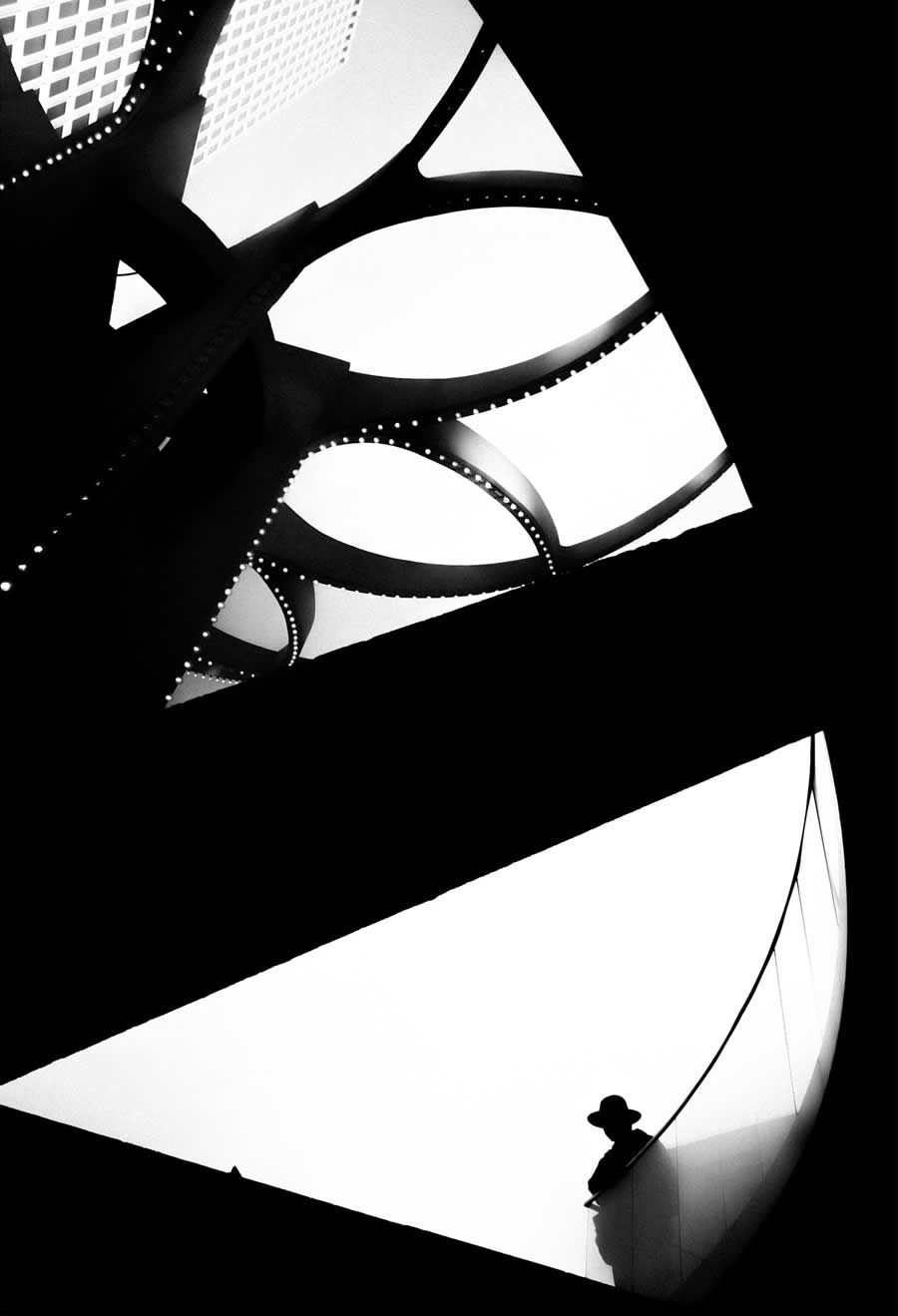
#9
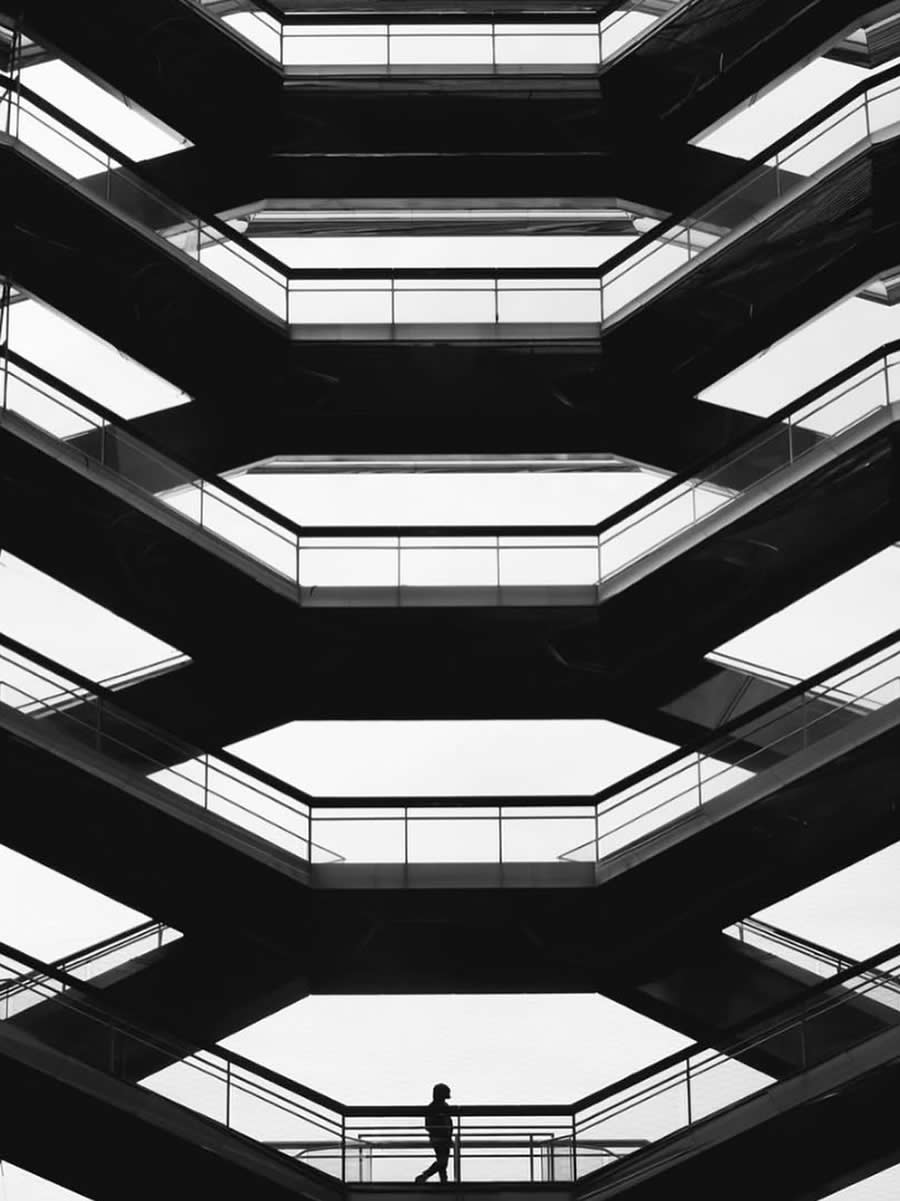
The Art of Composition and Framing
Takayama’s compositions are deliberate and often architectural. He carefully frames his subjects using doors, walls, windows, and structural lines to lead the eye and create balance. Negative space is used strategically, adding clarity and impact. Whether symmetrical or off-center, his framing never feels accidental — it tells a story within the borders.
His attention to angles and spacing ensures every element in the frame serves a purpose. These compositional choices elevate mundane moments into visual poetry. Through calculated framing and minimalistic design, Takayama reminds us that street photography is as much about structure as it is spontaneity.
#10
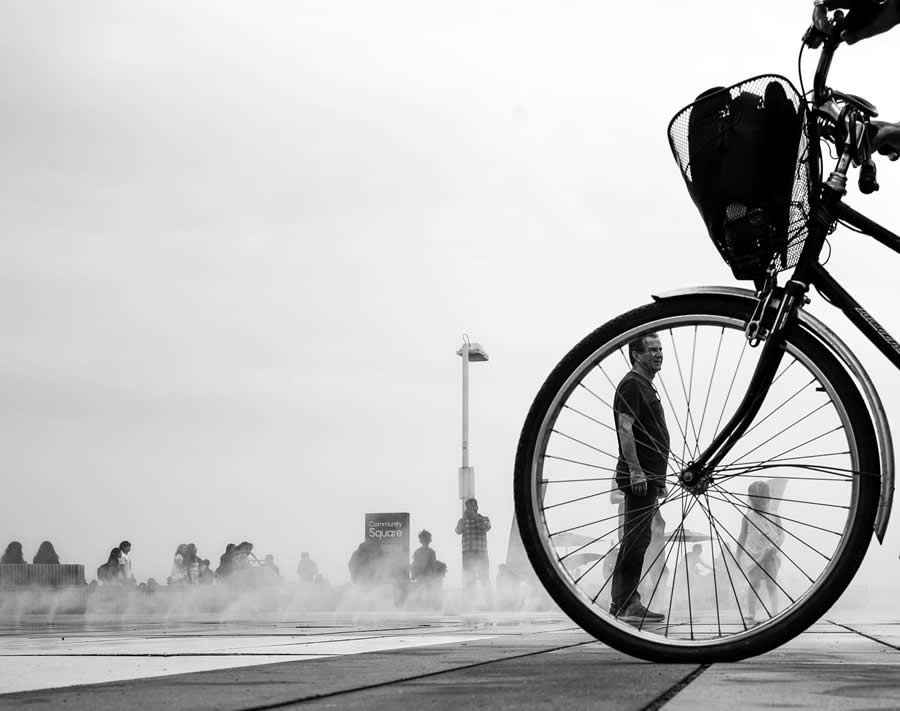
#11
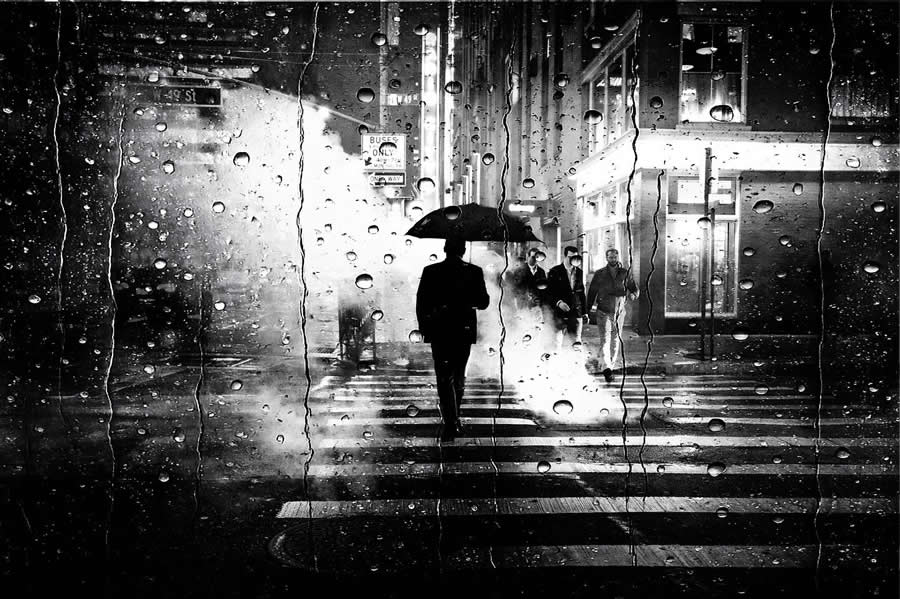
#12
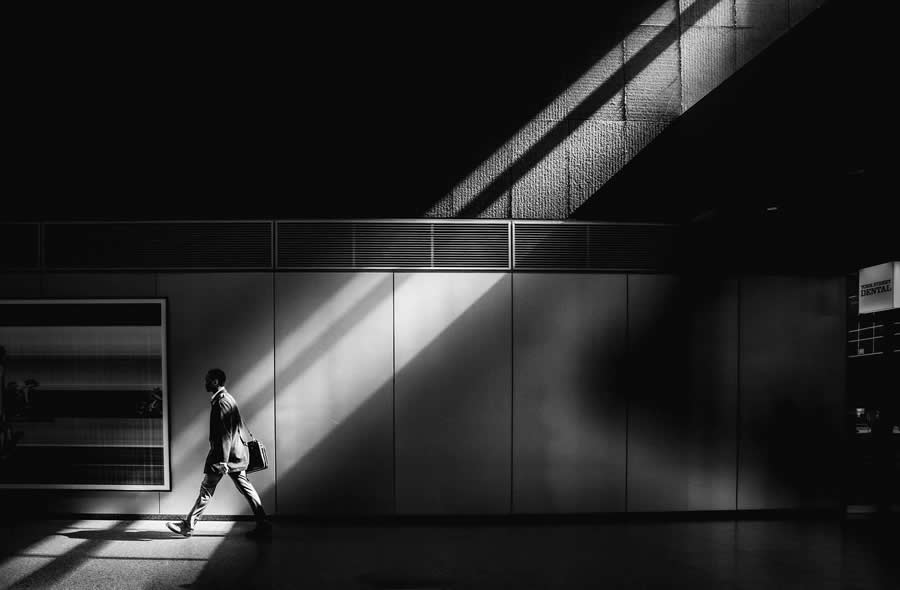
Moments of Solitude in Urban Chaos
While cities are filled with noise and movement, Takayama often isolates quiet, solitary figures. These individuals — walking, pausing, or lost in thought — convey a reflective tone. He captures the emotional distance that can exist in crowded spaces, giving weight to moments of inner life. The black-and-white aesthetic enhances these feelings of detachment, serenity, or introspection.
His images speak to universal human experiences — feeling alone in a crowd, seeking silence amid noise. These scenes offer a meditative counterpoint to the typical hustle of street photography. In Takayama’s world, solitude is not absence — it’s presence.
#13
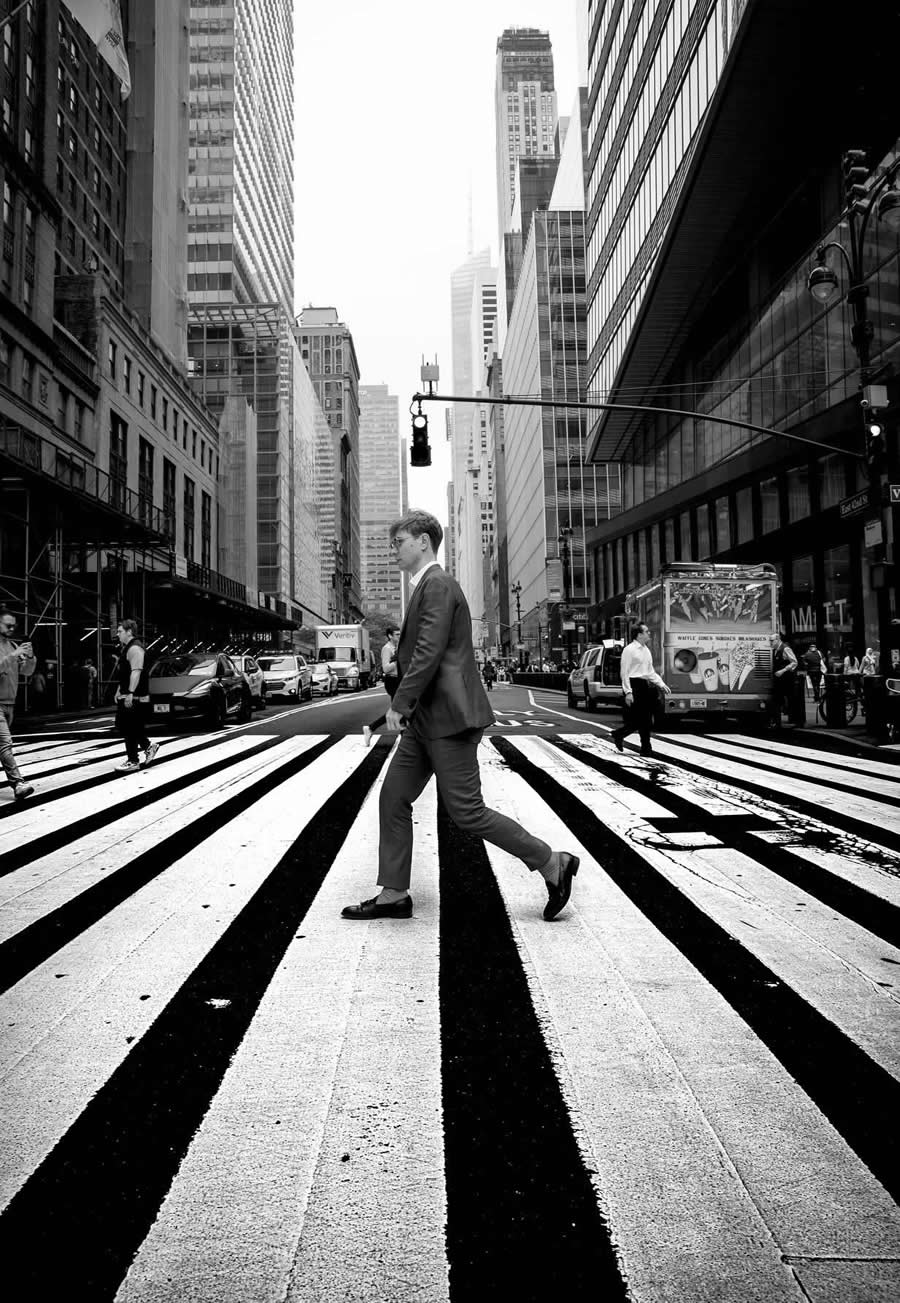
#14
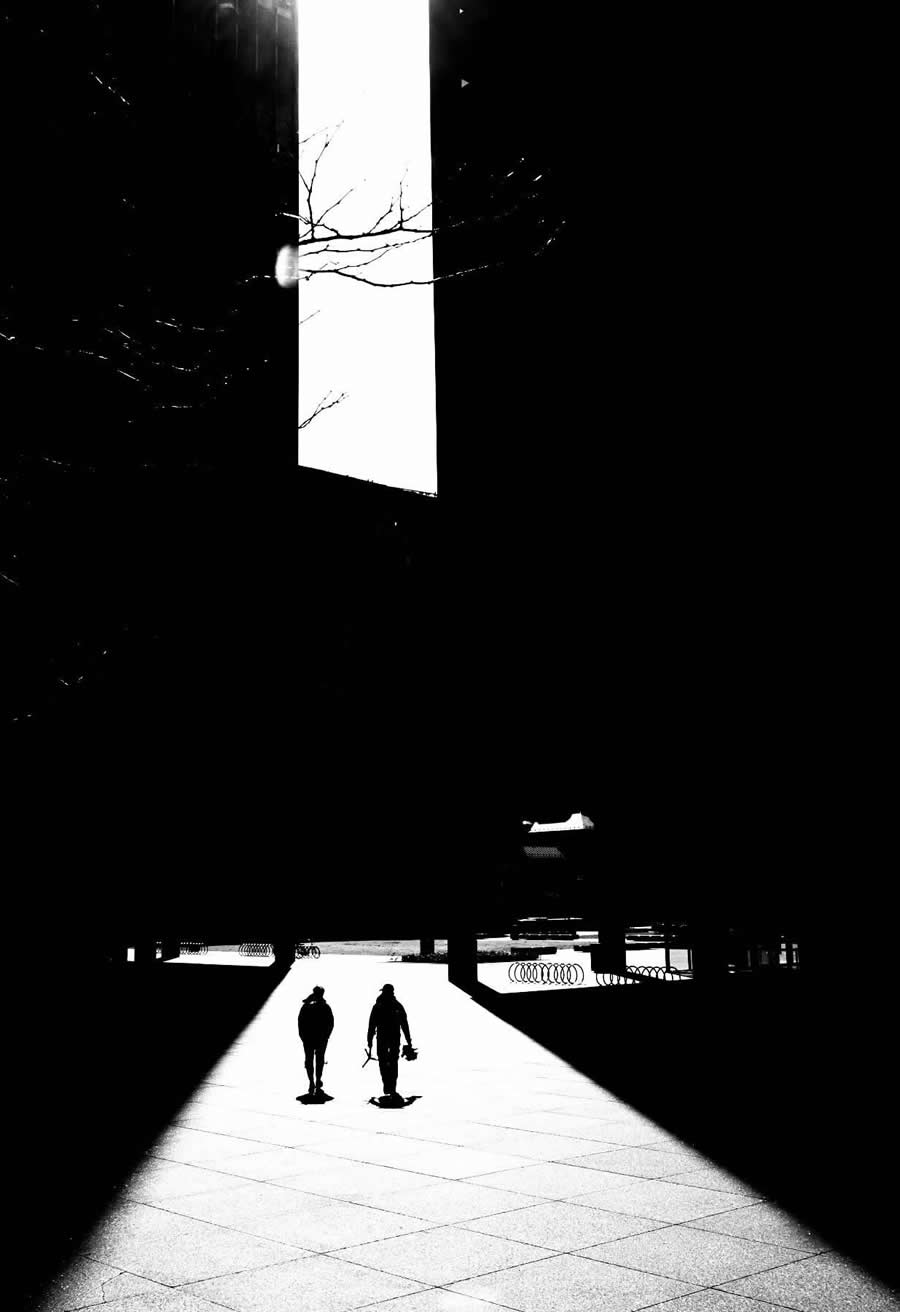
#15

Embracing Minimalism in the Frame
Takayama’s minimalism strips scenes down to their essentials. One figure. One wall. One bold line. By avoiding visual clutter, he directs attention to specific emotional or graphic elements. Negative space becomes as meaningful as the subject itself, offering room for interpretation and contemplation. This aesthetic clarity results in clean, striking visuals that linger in the mind.
His minimalist approach enhances the sense of stillness, even in busy environments. The simplicity draws viewers deeper, inviting them to see more by seeing less. Takayama shows that great storytelling doesn’t require complexity — it requires focus, patience, and purpose.
#16
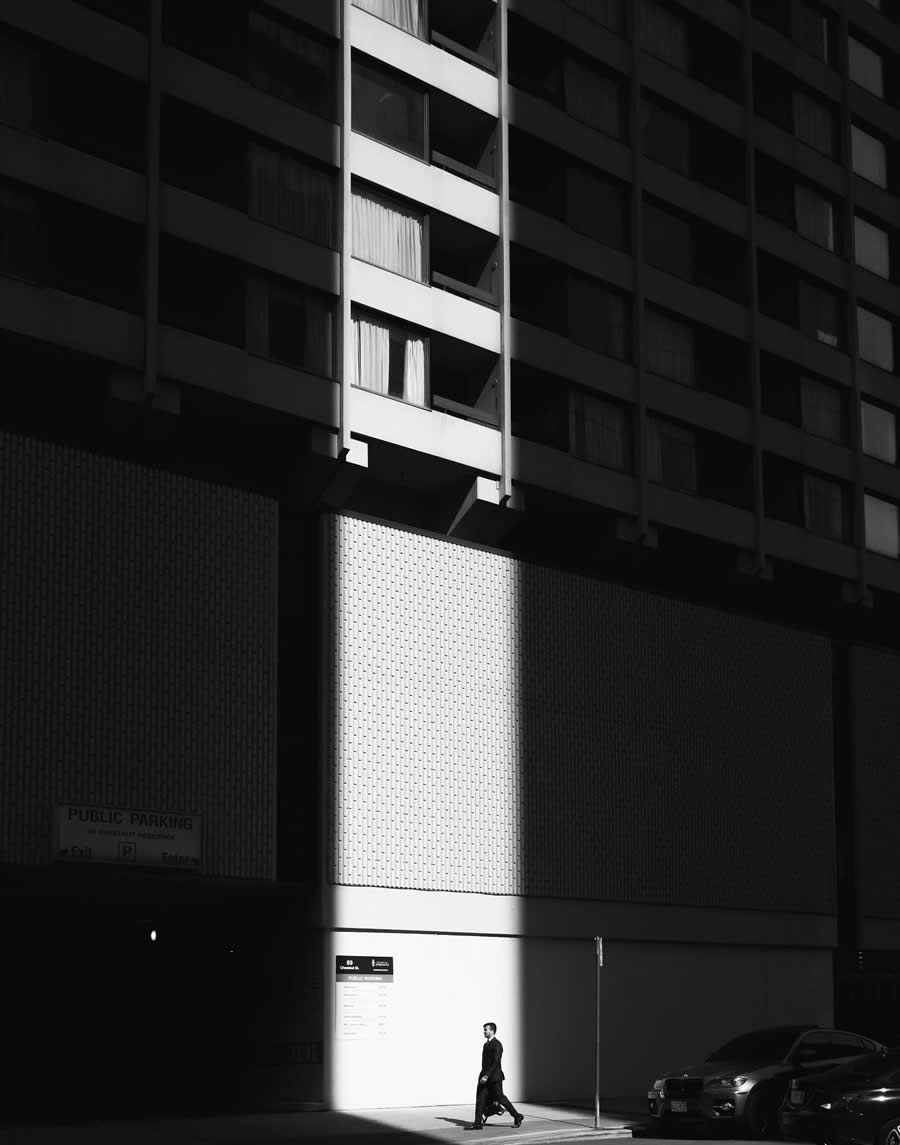
#17
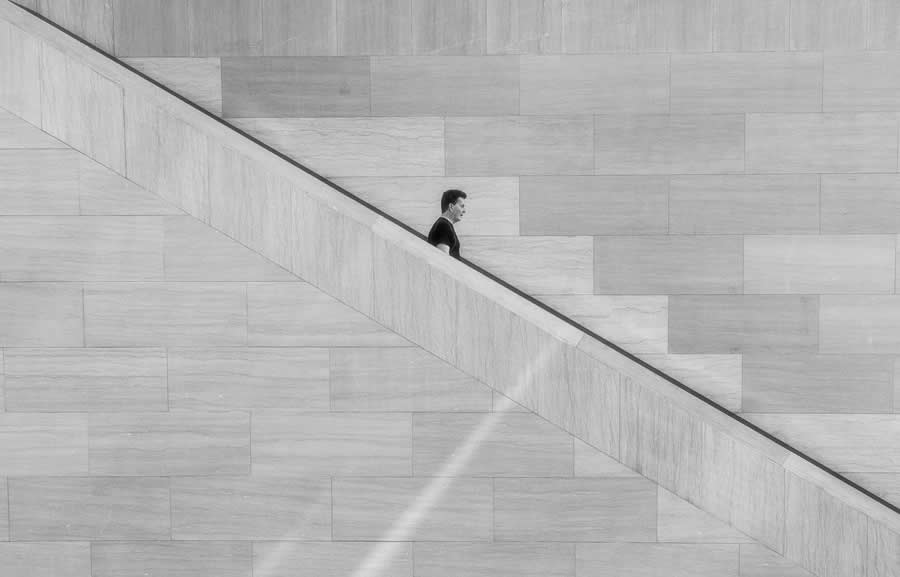
#18
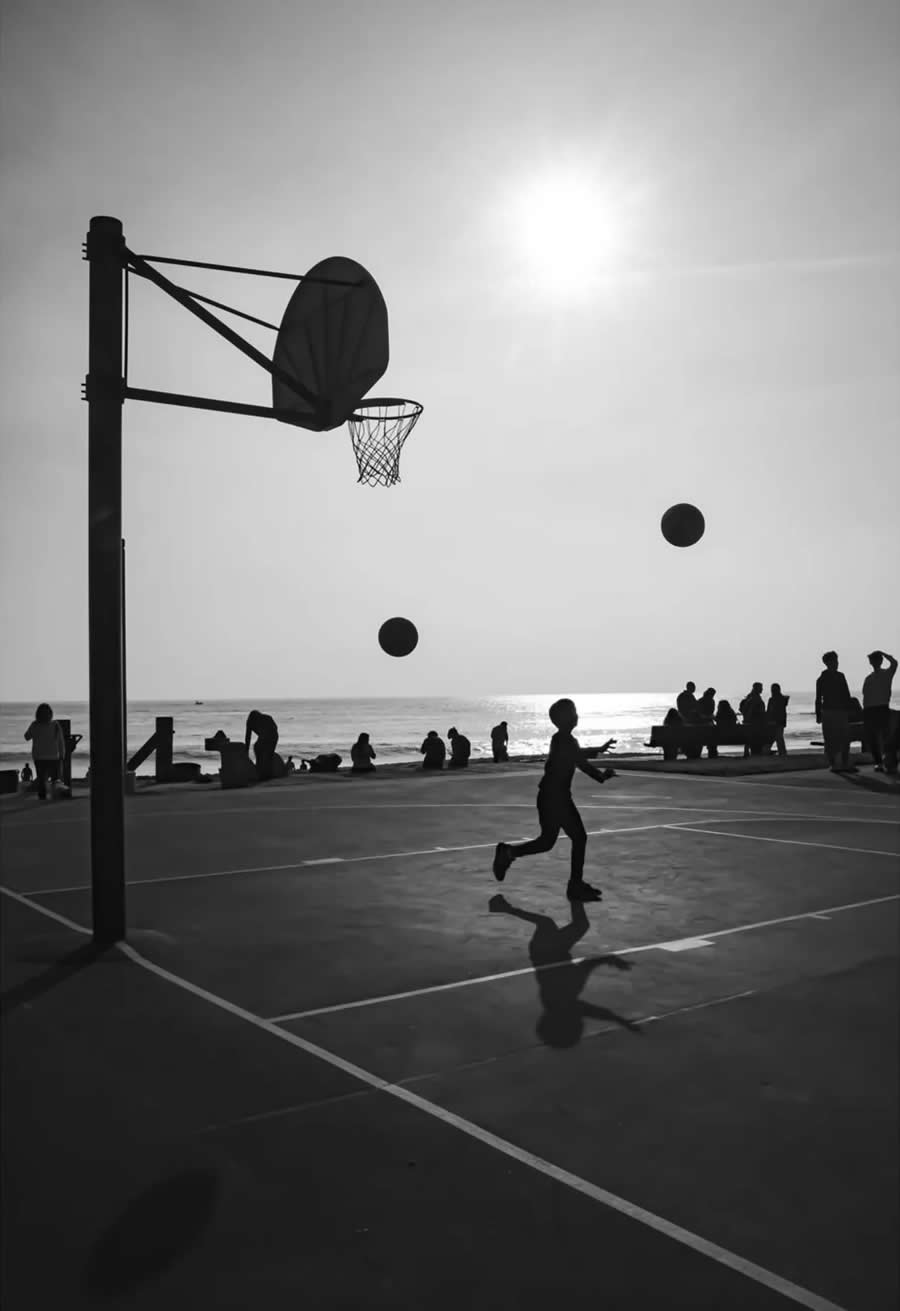
Urban Geometry and Architectural Forms
Takayama uses architecture not just as a setting but as a compositional partner. Buildings, bridges, staircases, and lines create order and rhythm. These elements interact with his subjects, adding layers and context. A person walking through repeating arches, or standing in the shadow of a tower, becomes part of a larger urban design.
The structures often dwarf the figures, creating dramatic tension. His sense of spatial awareness is remarkable, blending people and places in harmony. Through architecture, Takayama reveals the geometry of the street and the silent dialogues between humans and their environments.
#19
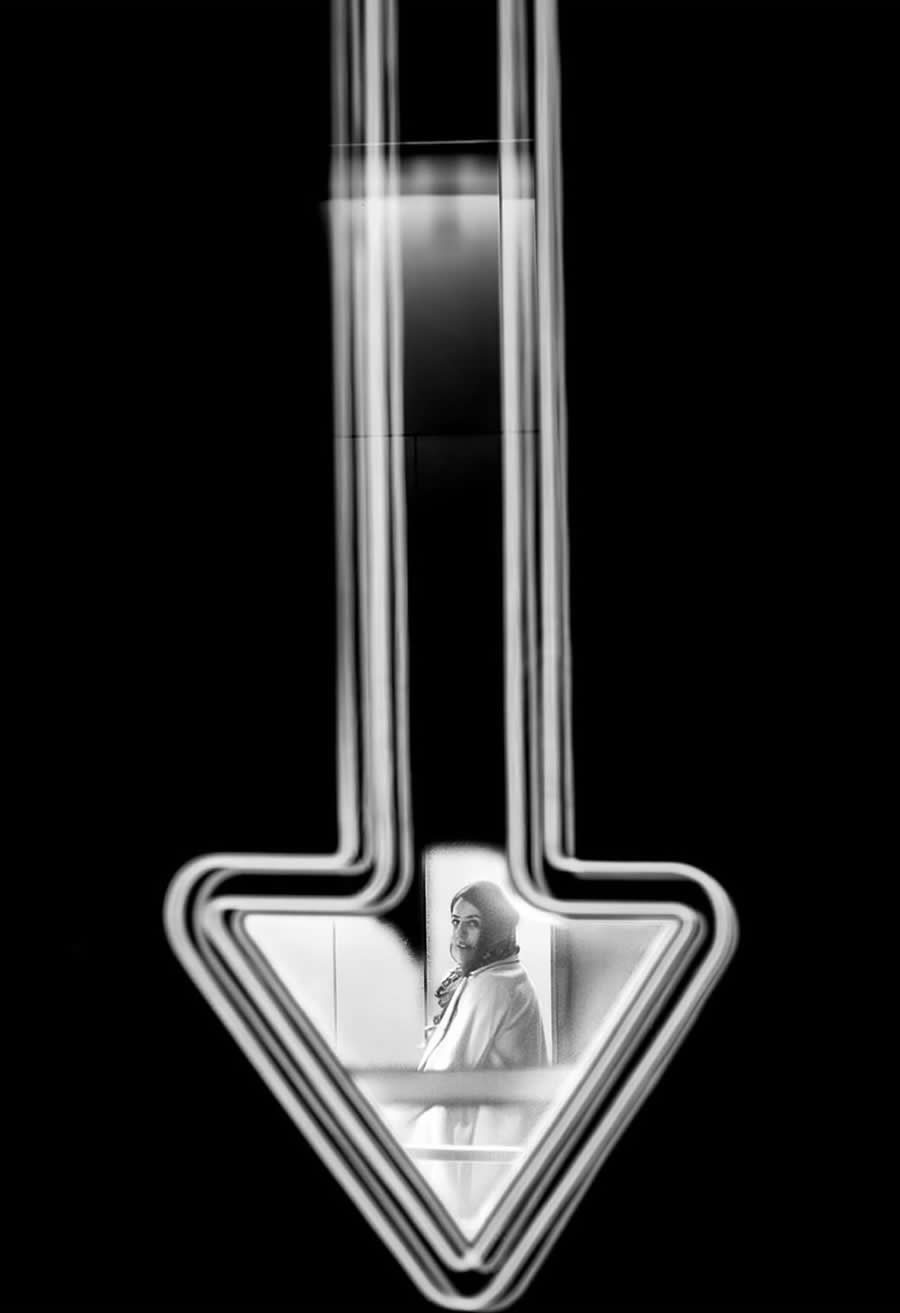
#20
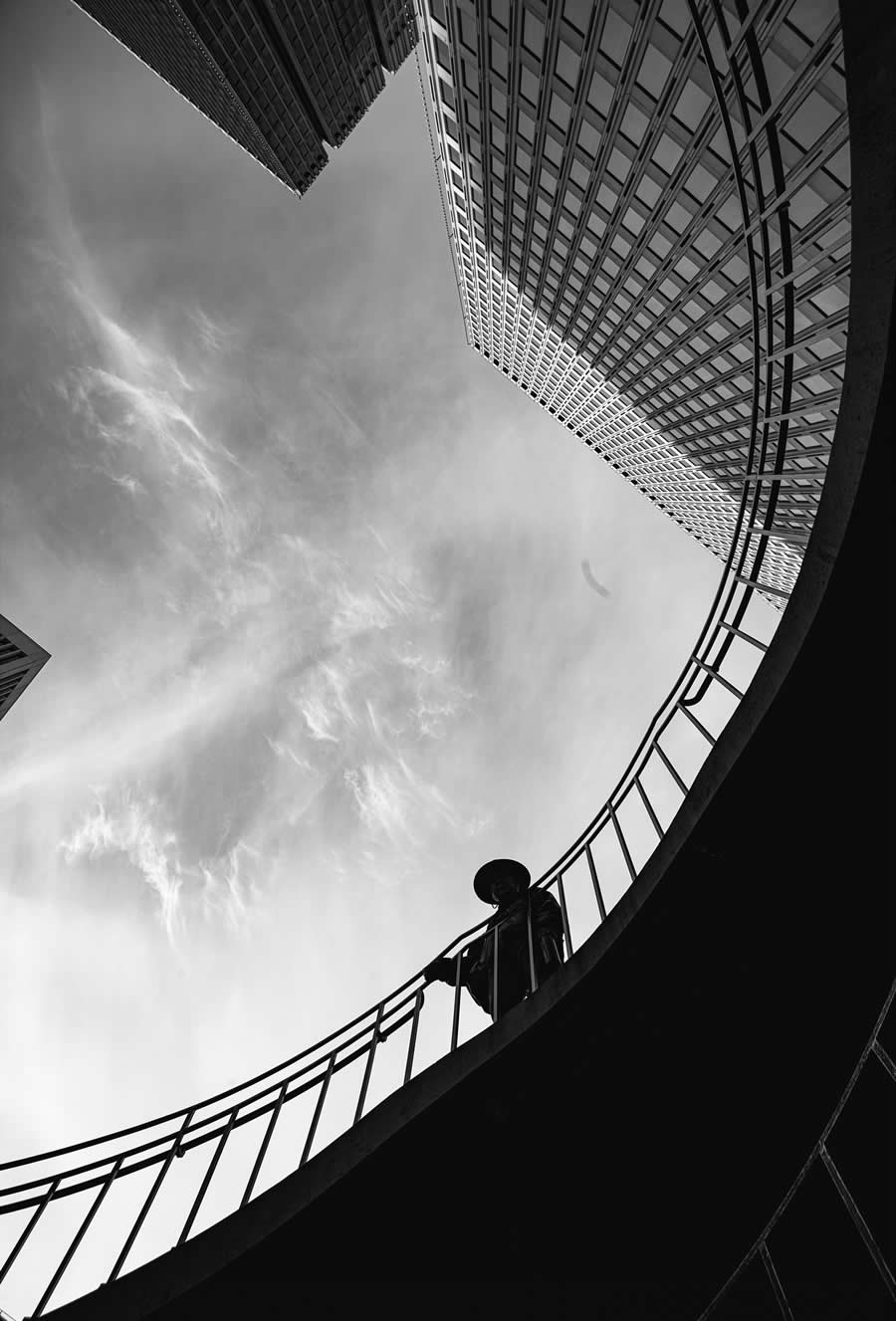
#21
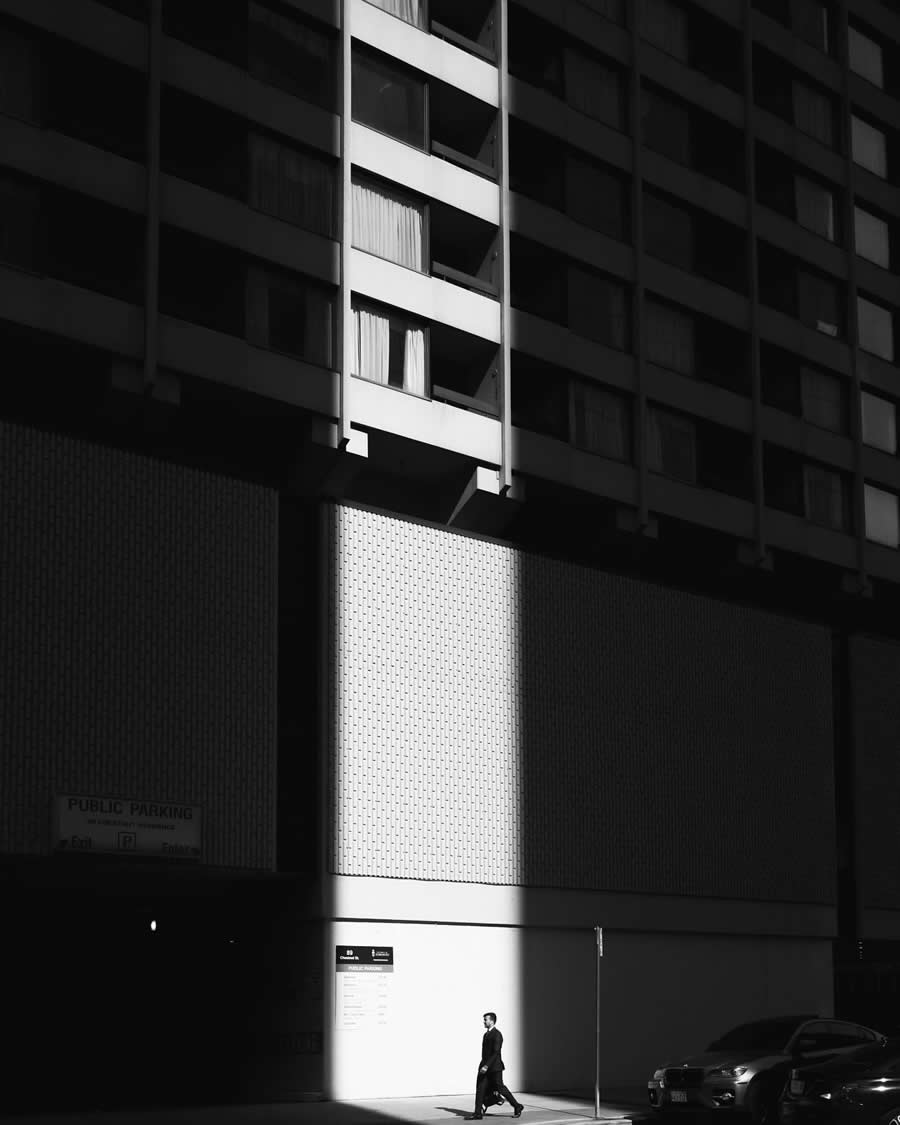
Finding Drama in Everyday Life
Takayama excels at turning ordinary moments into extraordinary images. A pedestrian in motion, a bike passing by, or a subtle interaction becomes visually powerful under his gaze. His skill lies in observing — waiting for the precise moment when gesture, light, and space align. These everyday scenes become emotionally charged and story-rich.
His photographs don’t rely on spectacle; they find magic in what’s familiar. With black and white as his medium, Takayama captures the essence of life — spontaneous, fleeting, and full of hidden drama. He teaches us that the street’s true beauty lies in its unpredictability.
#22
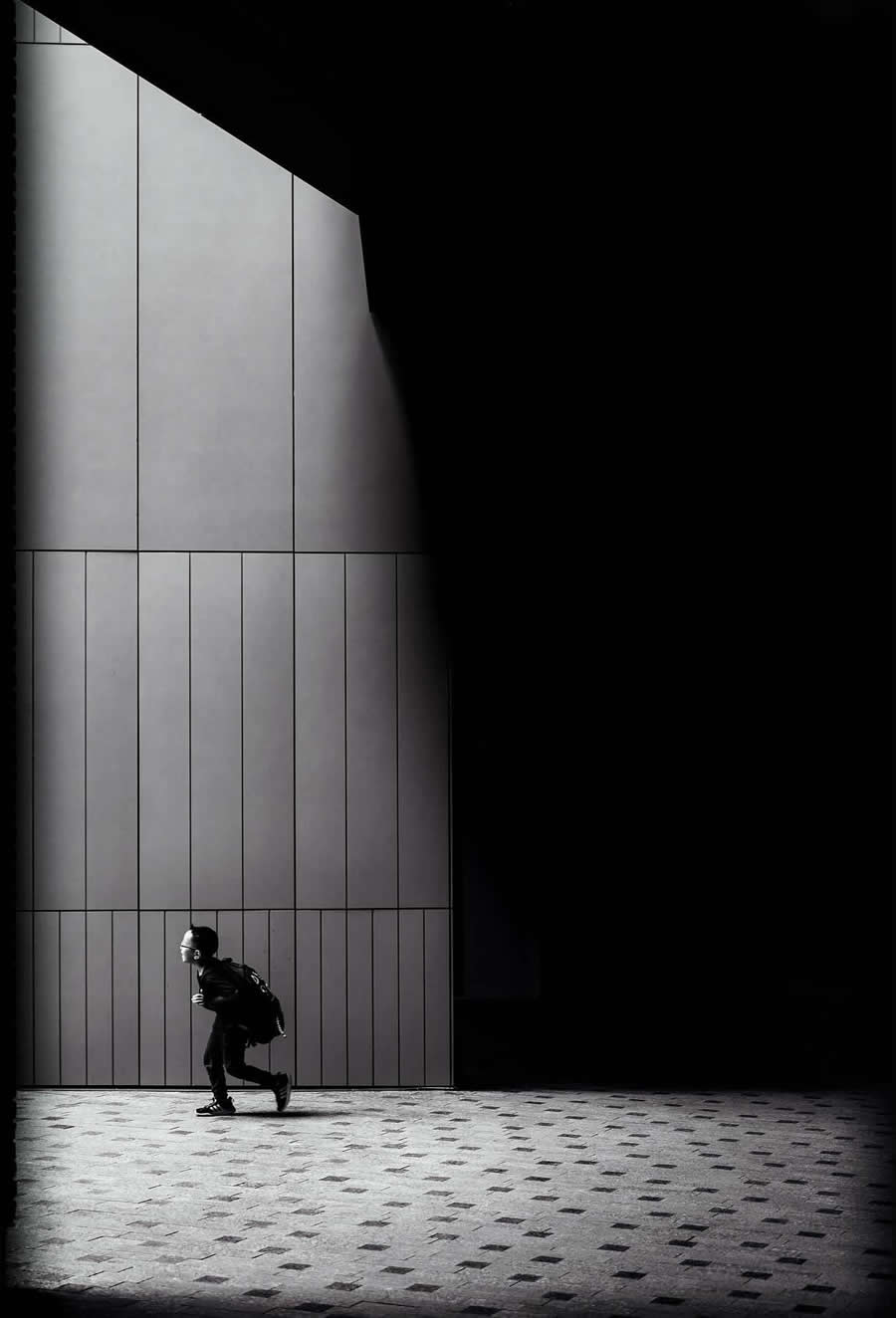
#23
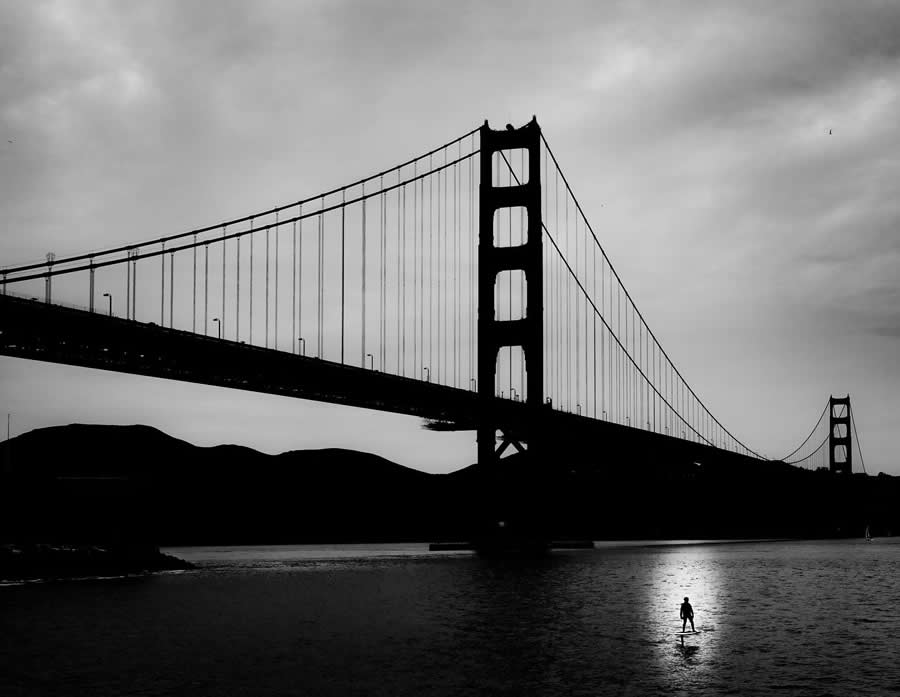
#24
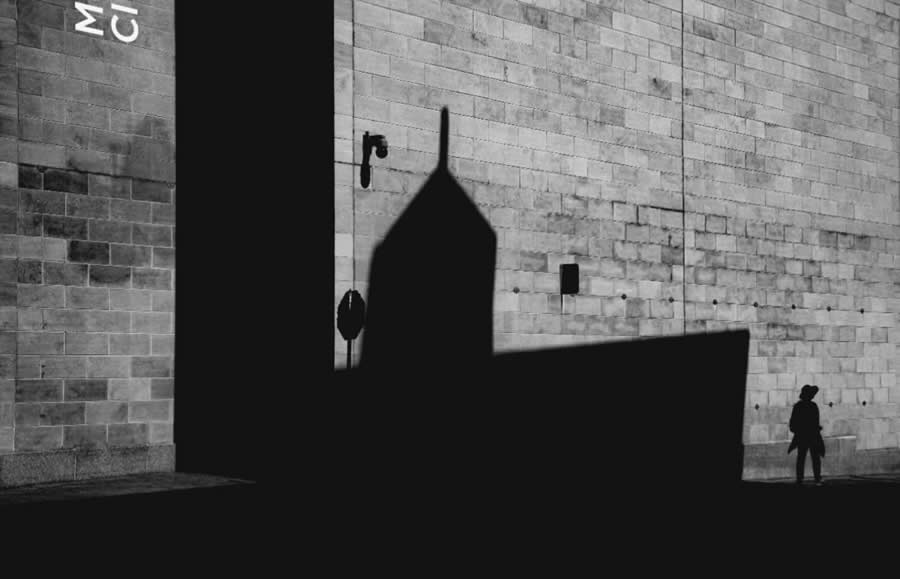
An Inspiring Talent for a New Generation
Takayama’s work speaks to both seasoned photographers and emerging talents. He blends technical mastery with artistic sensitivity, proving that street photography remains a vibrant, evolving genre. By focusing on themes like solitude, contrast, and minimalism, he sets a compelling example for photographers seeking depth over spectacle.
His portfolio stands out for its emotional honesty and disciplined vision. In an age of instant images, Takayama reminds us to slow down and see deliberately. As his reputation grows, so does his influence — inspiring a new generation to view the street not just as a place, but as a canvas.
#25
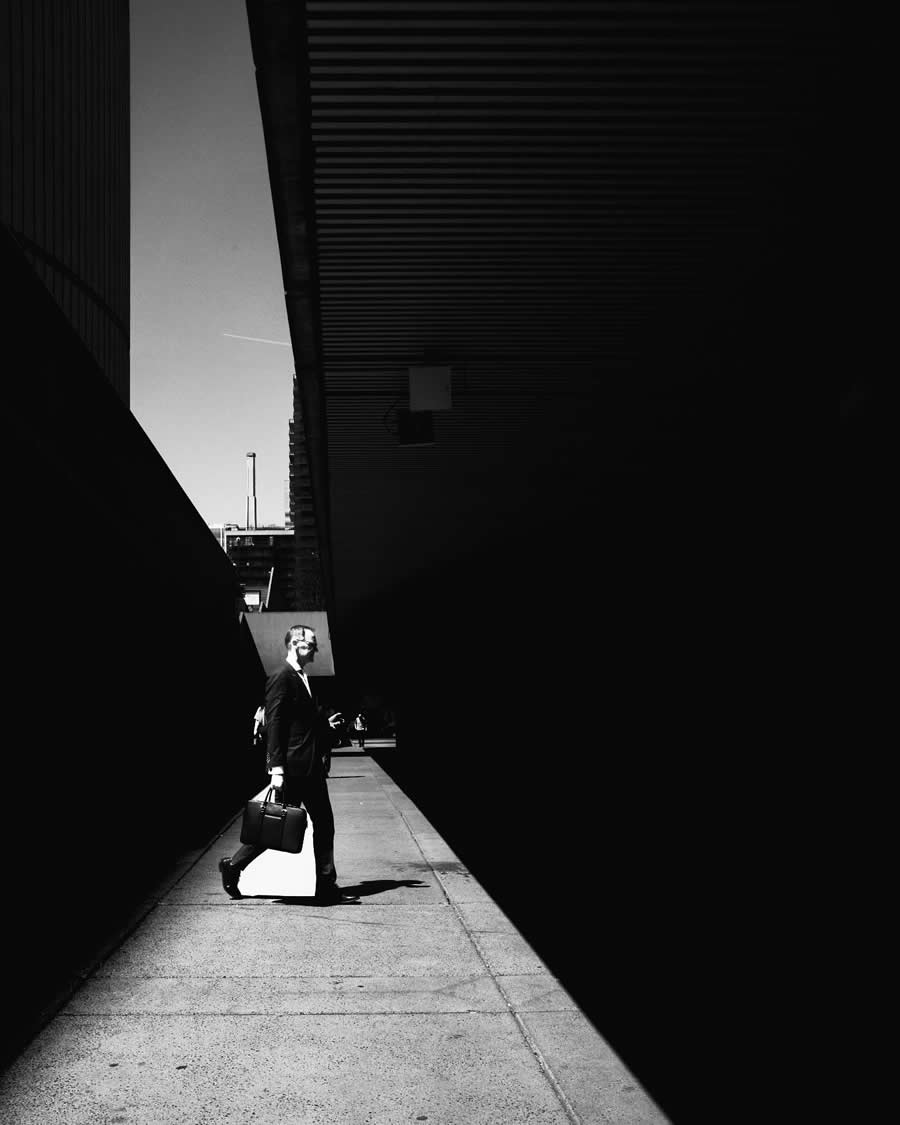
#26
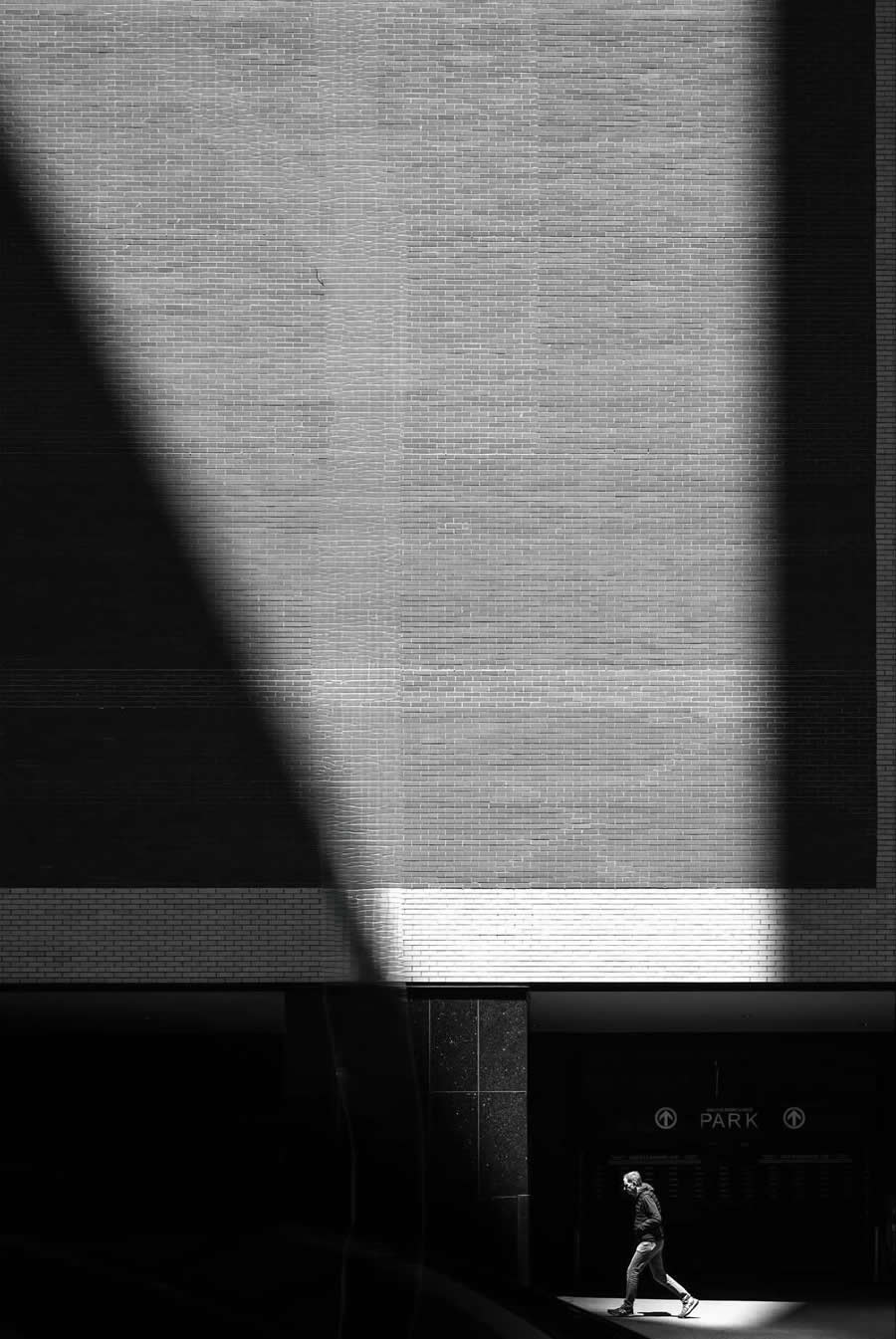
#27
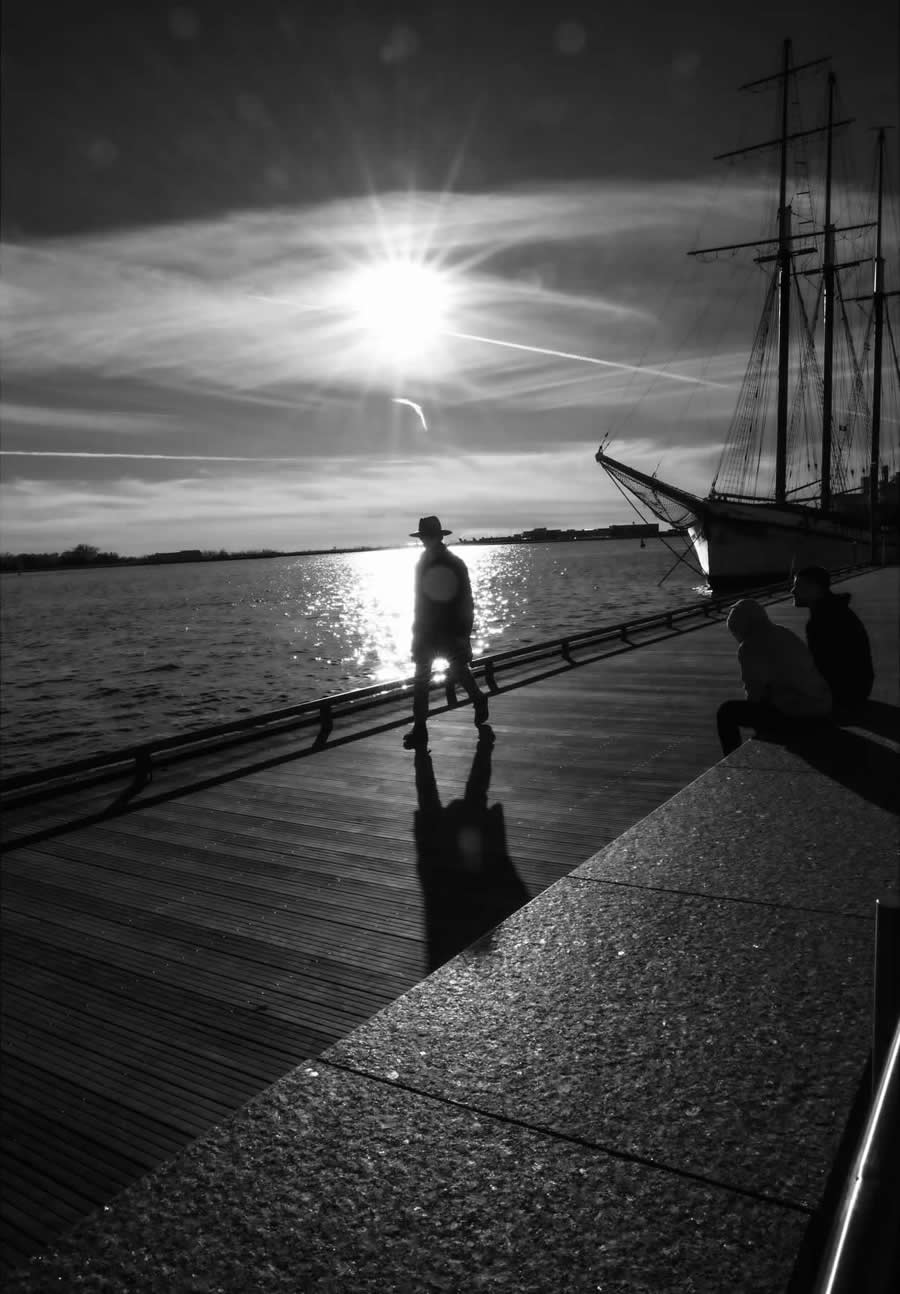
Conclusion: The Poetry of Urban Contrast
Luke Takayama’s black-and-white street photography is a celebration of visual poetry. Through shadows, space, and subtle emotion, he reveals urban life in all its contrast — both literal and metaphorical. Each image is a quiet meditation, a story told in silence and light.
His ability to find meaning in simplicity and drama in stillness defines his artistic voice. Takayama doesn’t just document the street; he transforms it. His 30 brilliant photographs are not only visually stunning — they resonate deeply with anyone who has ever paused to observe the beauty of a fleeting moment.
#28
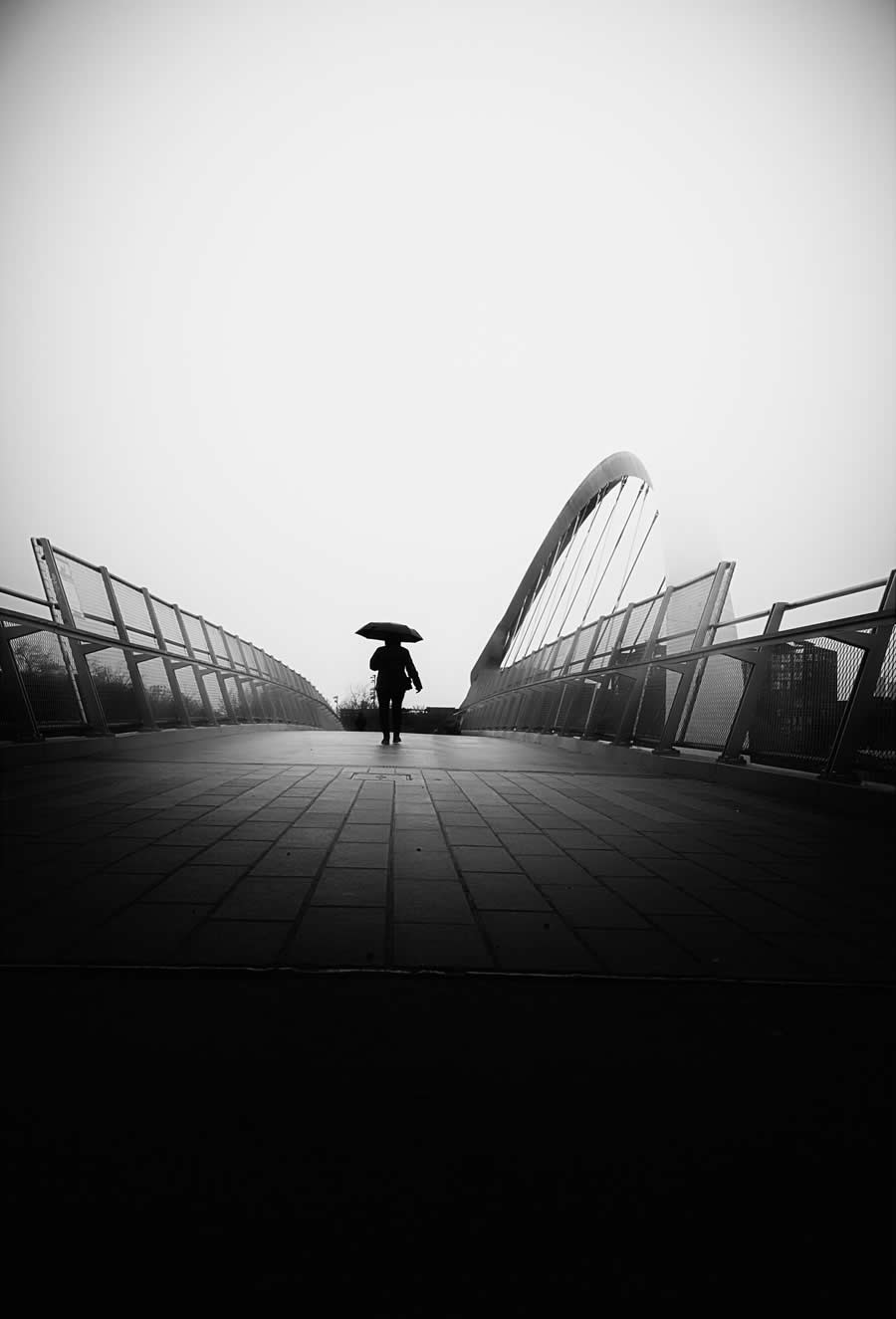
#29
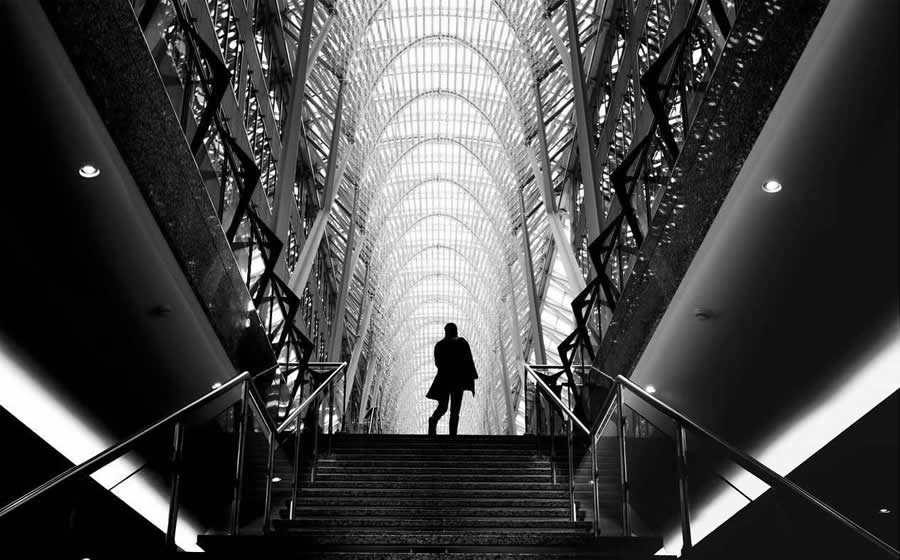
#30
